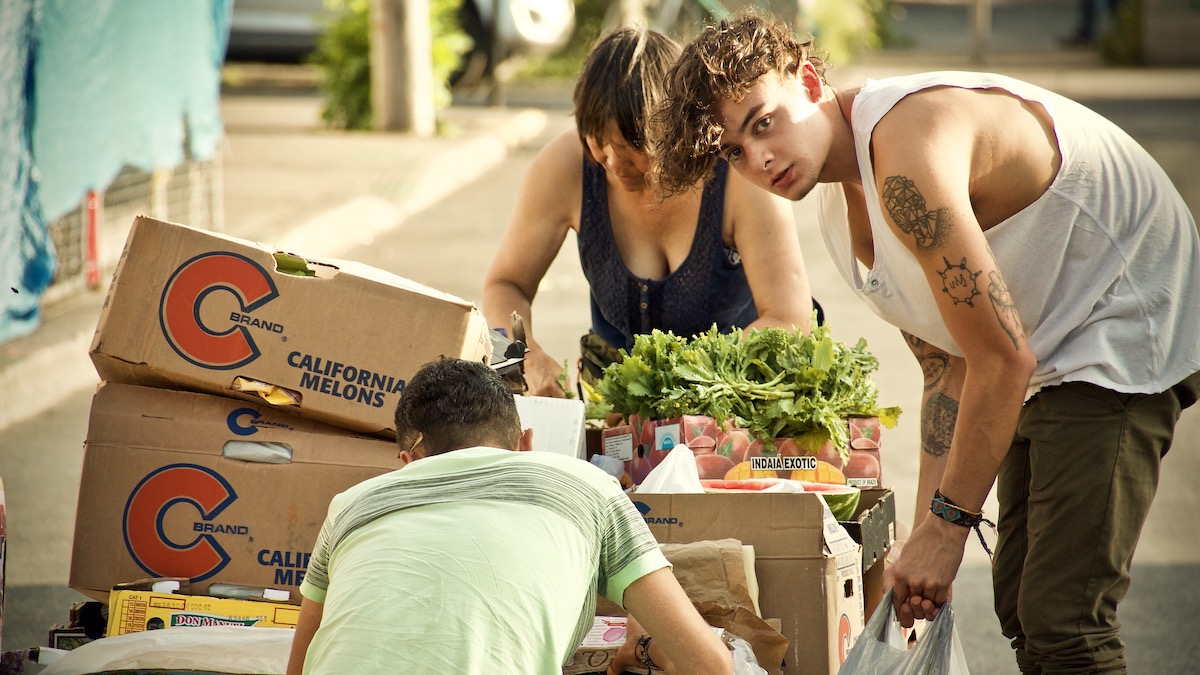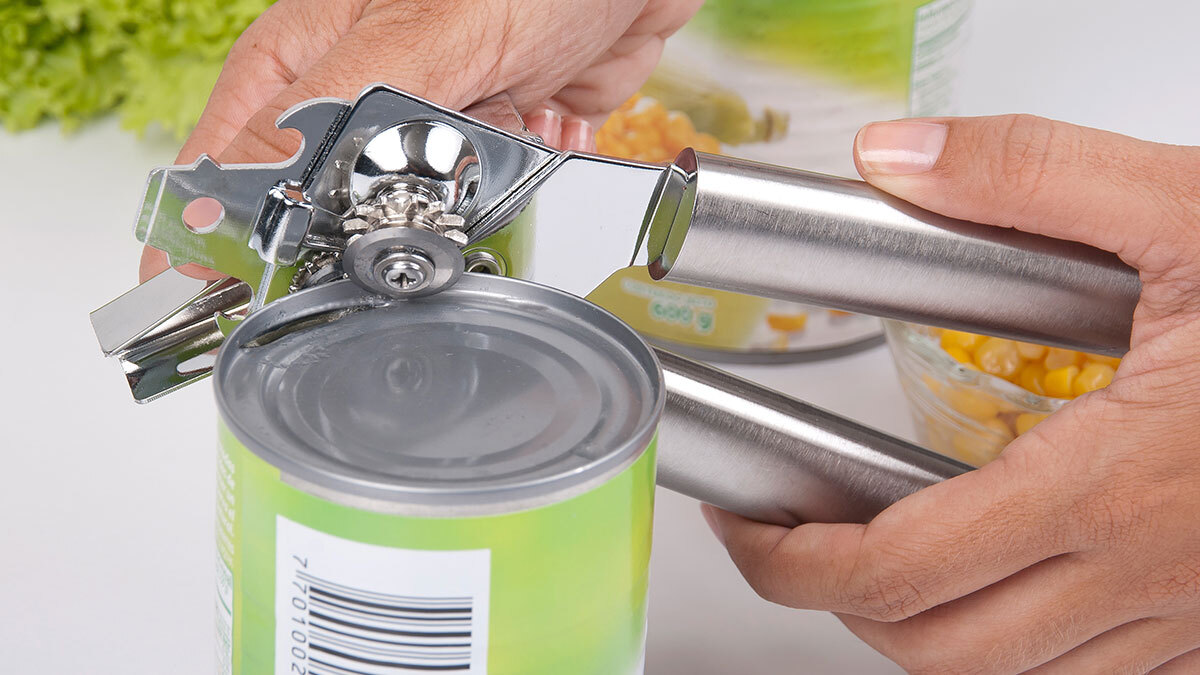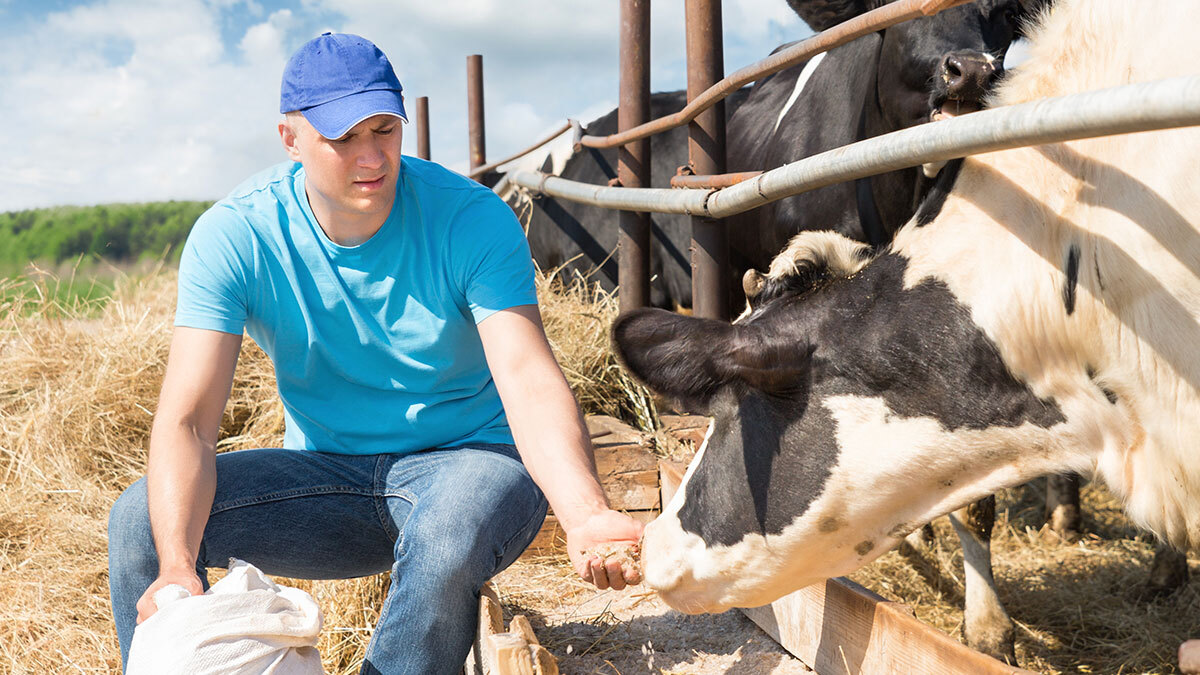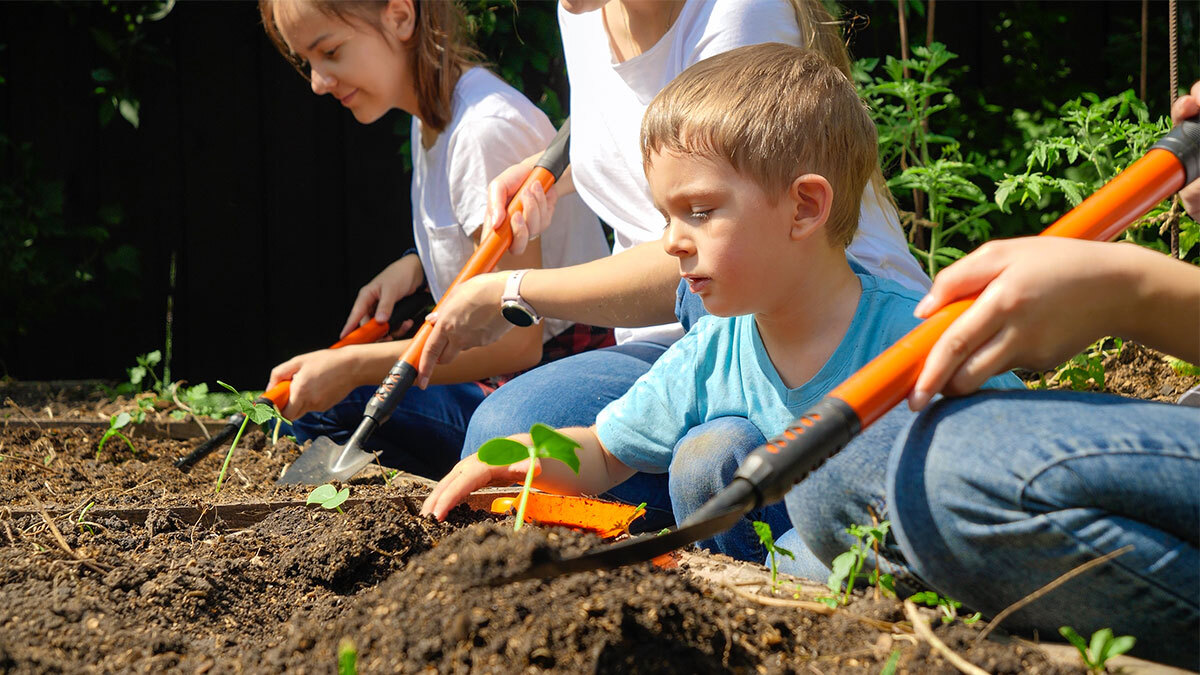on
As someone who practices preparedness and plans for survival, you might think that you’ll never have any reason to scavenge.
You’re mistaken.
No matter how much preparing you do, there is always the possibility that you’ll need more.
For instance, most emergency preparedness advisors suggest having enough food and water for 72 hours. But there have already been several examples when people have been without power or resources for significantly longer than three days.
What if the SHTF, and we experience a total collapse of society?
Think about all those zombie apocalypse movies you’ve watched. While zombies aren’t a real threat, nuclear war is.
If there is a significant EMP event or some sort of extraordinary natural disaster, you will need to go scavenging for additional supplies.
Before we go on, it’s important to explain that scavenging is not looting.
Scavenging is defined as “the act of taking or gathering (something usable) from discarded material or clearly abandoned property.“
In contrast, looting is “the act of stealing, or the taking of goods by force, that are clearly owned by another. Often associated with rioting.”
Looting is something common criminals do without any good reason. Scavenging is what survivors do to ensure they live another day.
Looting is stealing unnecessary goods, such as TVs and electronics. Scavenging is taking useful goods, such as food or water.
You will never have a reason to loot, but you may have a reason to scavenge.
Since there are ethical questions when it comes to scavenging, read on to learn how to scavenge in times of emergency.
The Questions to Guide Your Search for Resources
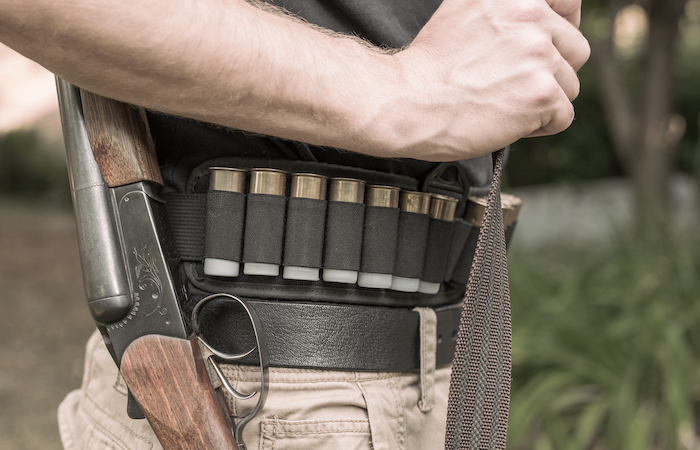
Your reason to scavenge should come down to survival. So, begin by considering your survival needs.
- Do you have enough food? Do you have tools for growing or finding more food?
- Do you have a water source, or do you need to find one?
- Do you have clothing and shelter?
- Do you have a means of communication?
- Do you have enough medical supplies?
It’s crucial that you think long-term when you consider these survival needs. While you may hope the world rights itself soon, it may never go back to normal. So you need to think about how you will survive long-term when scavenging.
For example, instead of just scavenging for food, you should go scavenging for resources that will help you continue to have a food supply. Scavenge for seeds. Scavenge for fishing equipment and hunting gear.
Use long-term thinking when it comes to medical supplies today. Hopefully, you’ve already prepared and have an extra bottle of needed prescriptions. What will you do when that one bottle runs out? You’ll have to go scavenging to find the drugs you need.
Use these questions if you ever have to scavenge:
- What do you need?
- What supplies do you need long-term?
- Why do you need these supplies?
- Where can you find supplies?
- How are you going to store or carry supplies?
Places to Scavenge
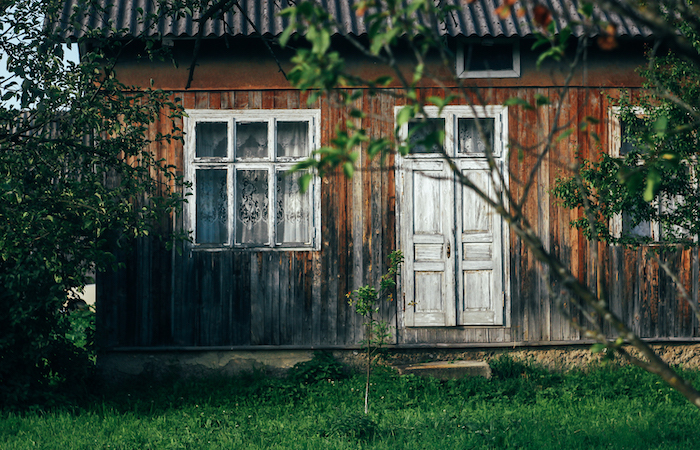
Since scavenging should only be done in extreme situations, such as nuclear disasters, you should expect the world to be turned upside down.
As such, everywhere you usually go to find supplies will not be in operation.
A good rule of thumb when it comes to knowing where to go scavenging is to follow the path of the product from its beginnings to when it becomes waste.
Instead of going to the grocery store, think about where food begins (farms, orchards, food manufacturing plants) and then consider the path it takes from there to where you shop (trucks, storage units). Finally, consider where it ends up (dumpsters, compost piles, landfills).
Because by the time you are forced to scavenge, the grocery stores, big-box stores, and pharmacies will likely be empty from early looters.
You’ll have more luck following the path the products travel.
Here are some places to consider:
- Abandoned farms and orchards
- Supply lines (trucks, ships, trains, and autos)
- Distribution centers (warehouses)
- Marketplaces
- Abandoned stores
- Processing factories
- Abandoned Homes
- Waste gathering areas (compost piles, trash cans, dumpsters, and landfills)
- Abandoned cars
- Hospitals
- Junkyards
- Auto shops
- Abandoned office buildings
- Abandoned gyms
- Abandoned schools
- Storage units
The goal is to stick to abandoned places and relatively empty areas.
The Basic Steps of Scavenging When SHTF
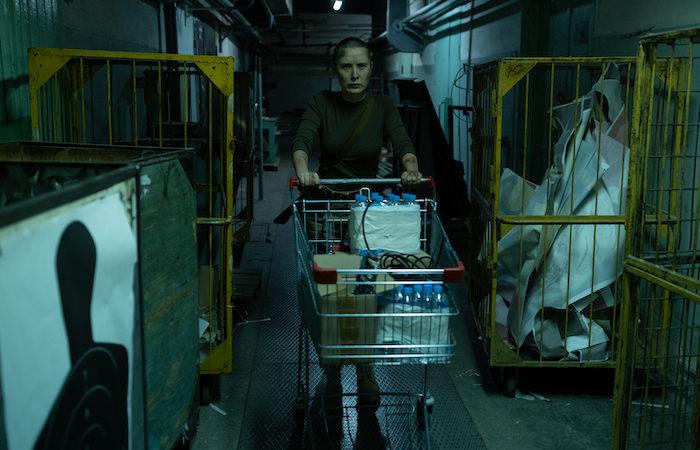
If you want to be successful when scavenging, you need a plan.
Here are the basic steps to take:
- Make a list. If you go scavenging, it should only be for those resources you truly need. Make a list of those items, and pay careful attention to items you may need in the future.
- Prioritize needs. Once you have a list of needs, prioritize those needs. You may not be able to get everything on your list in one place, so you will need to choose which items to go scavenging for first.
- Find an area. Where you choose to go scavenging is essential. You want to avoid any area that is highly populated because items may already be gone, and you don’t want to risk being seen. Instead, choose an area that others may have overlooked.
- Scout the area. Before heading to the area with all your gear, send out a scout first. You want to make sure it is safe to enter the area. You also want the scout to let you know any potential issues and identify escape routes.
- Collect the goods. When it is time to go scavenging, make sure you have the means to carry the goods (a tote, bag, or abandoned grocery cart). You should also take a box cutter and lock pick with you.
- Store the goods. You need a plan for where and how you plan to store the goods you scavenge. If SHTF, others will likely be looking for the same items you scavenged. You want a place where you can store these items discreetly.
- Barter as needed. In desperate situations, you may need to barter some of the scavenged items to get more essential resources. Barter carefully.
What You’ll Need to Scavenge Successfully
Again, you need a plan to be successful when you go scavenging. In addition to what and where you’ll scavenge, you need a plan for how you will get these goods back to your camp.
You’ll need something to carry your supplies, such as a large bag or bin. A cart with rolling wheels (grocery cart or luggage) will be especially helpful.
You will need a way to break into buildings. This may be anything from a lock pick kit, crowbar, or window breaker. You will also need a box cutter or pocket knife to cut open boxes.
It is also wise to take a flashlight and a communication tool with you.
Get access to premium content and more!



